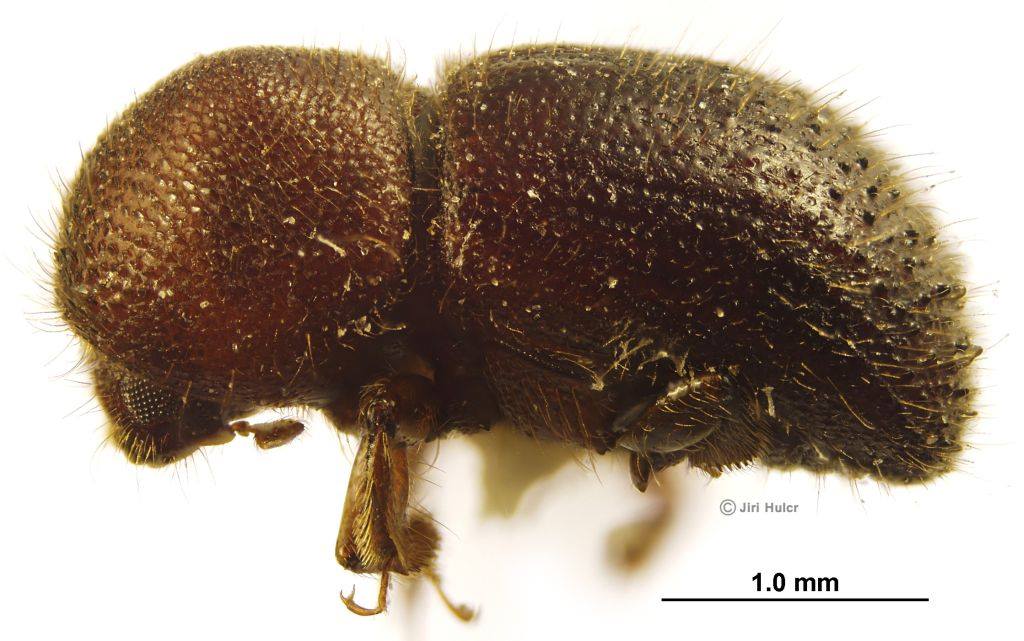How did this happen? Southern pine beetles have two entirely unrelated mycangial symbionts, Ceratocystiopsis ranaculosus (Ascomycota) and Entomocorticium sp A (Basidiomycota). The picture on right shows primary isolation plates and subcultures from the mycangia 6 individuals taken from one loblolly log. The top half had mycangia full of only the E. sp A, and the…
All posts in August 2018
Multiple evolutionary origins lead to diversity in the metabolic profiles of ambrosia fungi
One of the most amazing things abut ambrosia symbioses is that they have independently evolved de novo over and over again in both beetles and fungi. Huang et al. used carbon substrate phenotyping arrays and variation partitioning to analytically separate the effects of evolutionary history from transition to ambrosial life style on the kinds of carbon…

Invaders bring decay!
Here in Florida, we’ve been seeing a lot of this lately: gorgeous spalting in hardwood logs caused by infestations of the Asian ambrosia beetle Ambrosidmus minor, and its wood-decaying symbiont Flavodon ambrosius. Finding such a log was a rare treat when I first arrived in Gainesville 3 years ago, but now we can find logs…